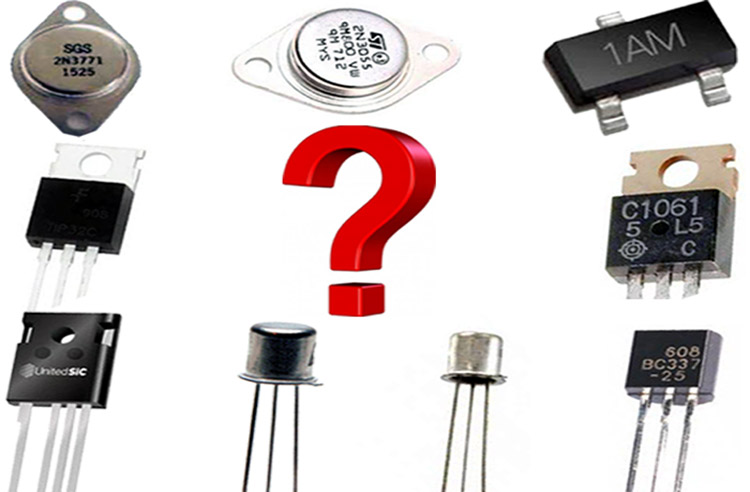Arduino UNO Q bridges high-performance computing with real-time control.
Important Parameters for Selecting the Right Transistor for your Application

A Transistor is a three-terminal semiconductor device that is used as an amplifier or a switch in electronics circuits. Out of these three terminals, input voltage or current is applied to one pair of the transistor's terminals, and controlled output voltage/current can be obtained through another pair of terminals.
There are thousands of different types of transistors available, and each transistor has different parameters. Transistors are more complicated than resistors and capacitors because you can choose a resistor or capacitor according to required resistance or capacitance value but while choosing a transistor, you have to look for many transistor parameters. So it is a challenging task to choose the right transistor for your circuit.
So below are some of the important parameters to keep in mind while selecting a transistor.
1. Type number
The type number of a transistor is a unique number given to every transistor. By using the type number of a transistor, we can search for its specifications and features. There are three main numbering systems, i.e. JIS, Pro Electron, and JEDEC. JIS is used by Japanese Industrial Standard, Pro Electron is a European standard, and JEDEC is an American standard. If you are building a circuit from the internet, then it can be directly chosen using the type number of transistors used in the original circuit.
2. Current Gain (β)
In any circuit, the current gain of a transistor is an important parameter. Current gain is usually referred to as a β or hfe. Current is the ratio of the base current to the collector current and a measure of the amplifying ability of the transistor. If you want to use the transistor as an amplifier, then choose a transistor with higher current gain.
3. Collector-Emitter Voltage (VCEO)
VCEO is the maximum voltage that the collector-emitter junction of a transistor can handle. For most of the transistors, VCEO is usually 30V or more and measured with the base open circuit. Applying a higher voltage than VCEO can damage your transistor. So before using the transistor, check the maximum VCEO from the datasheet.
4. Emitter-Base Voltage (VEBO)
VEBO is the maximum voltage that can be applied across the emitter-base junction. Higher voltage than the VEBO can damage or destroy your transistor. VEBO is relatively smaller than the VCEO. Maximum VEBO is usually 6V or more for most of the transistors and measured with the collector open circuit.
5. Collector-Base Voltage (VCBO)
VCBO is the maximum voltage that can be applied across the collector-base junction, and it is measured with the emitter open circuit. VCBO is usually 50V or more. VCBO is relatively higher than VCEO because the collector to base voltage is often higher than the collector to emitter voltage.
6. Collector current (IC)
Collector current is the maximum current that can flow through the collector. It is generally defined in milliamps, but for high power transistors, it is defined in amps. Collector current should not exceed its maximum value otherwise, it can damage the transistor. You can use a resistor to limit the collector current.
7. Total Power Dissipation (Ptot)
It is the total power dissipated by the transistor. Power dissipation varies by a transistor to a transistor. For small transistors, the power rating is on the order of a few hundred milliwatts, but for high power transistors, it is defined in watts. The power dissipation across the device can be calculated by multiplying the collector current to the voltage across the device itself.
So these are some basic parameters to select the right transistor for your application. If you are using a PCB, then you should also check the package type of the transistor.









